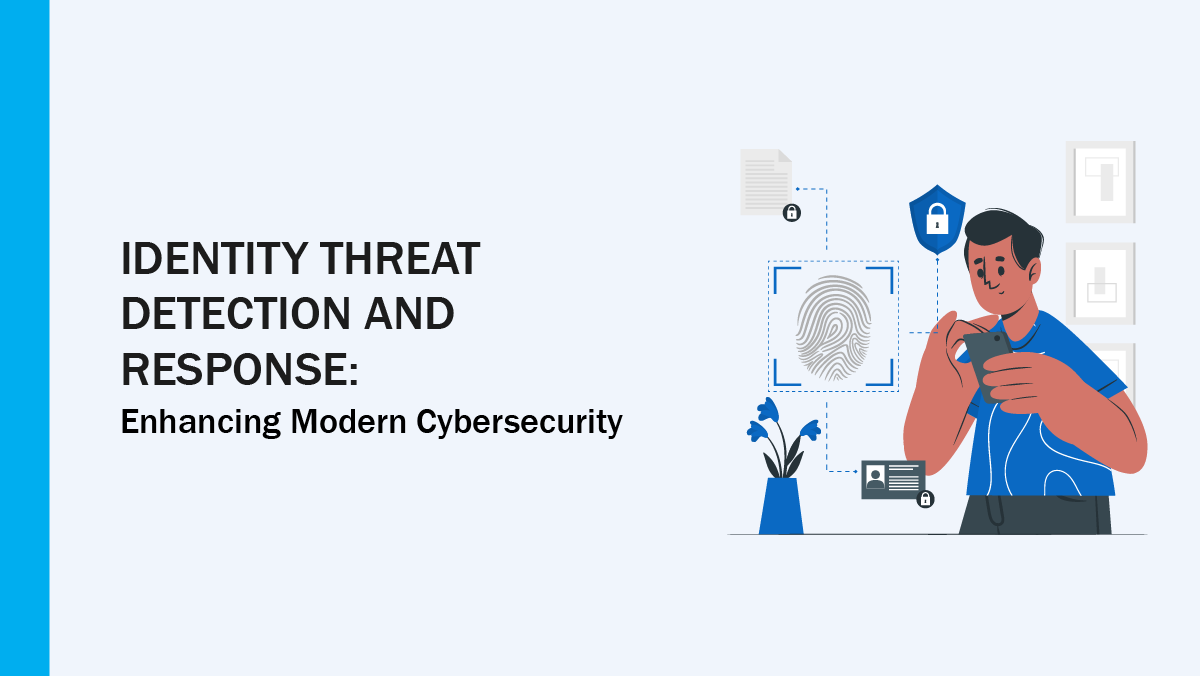As cyber threats evolve in complexity, businesses face mounting pressure to protect their digital identities and data. Among the many facets of cybersecurity, identity threat detection and response (ITDR) has emerged as a critical component. ITDR focuses on identifying and mitigating threats targeting user identities, ensuring that malicious actors cannot exploit credentials to compromise systems. By integrating robust threat detection mechanisms, businesses can safeguard operations and enhance resilience in a rapidly evolving digital landscape.
Understanding Identity Threat Detection and Response

Identity threat detection and response is a cybersecurity framework designed to detect, analyze, and respond to threats targeting user identities. Unlike traditional methods that focus on network or endpoint security, ITDR zeroes in on protecting user credentials, access privileges, identity repositories, and misconfigurations—key vulnerabilities exploited by cybercriminals.
Key Components of ITDR:
- Threat Monitoring: Continuously analyzing user behavior and access patterns to detect anomalies that may indicate a breach.
- Credential Protection: Ensuring that user credentials are encrypted and securely stored to prevent theft or misuse.
- Incident Response: Automating containment and remediation measures when identity-based threats are detected.
- Addressing Misconfigurations: Identifying and rectifying system or account misconfigurations that could be exploited by attackers.
- Integration with Broader Security Measures: Collaborating with other cybersecurity tools like SIEM (Security Information and Event Management) and EDR (Endpoint Detection and Response) to provide a holistic defense.
The Growing Importance of ITDR
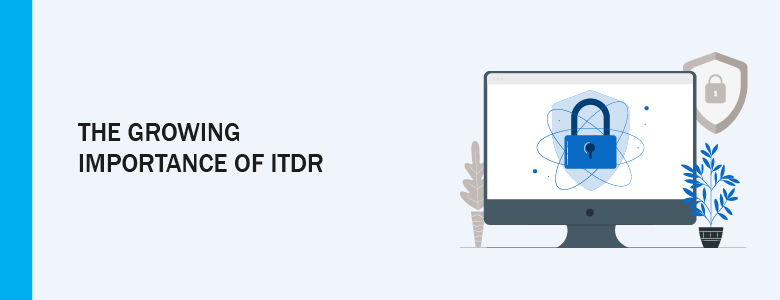
With digital transformation reshaping industries, safeguarding identity has become central to modern cybersecurity strategies. Remote work, cloud services, and the proliferation of digital accounts have expanded the attack surface for malicious actors. Threats such as credential stuffing, phishing, and privilege escalation underscore the need for identity-centric security.
Why ITDR is Essential:
- Rising Identity-Based Attacks: Research shows that a significant percentage of breaches originate from compromised credentials, making identity a prime target.
- Lax Security in Active Directory Systems: Many businesses still overlook vulnerabilities in Active Directory, leaving critical identity infrastructure at risk.
- Sophisticated Threat Tactics: Modern attackers leverage AI and social engineering to bypass traditional defenses.
- Regulatory Compliance: Organizations must adhere to stringent data protection laws, such as GDPR and CCPA, which mandate robust identity security.
- Zero Trust Architecture: ITDR aligns with Zero Trust principles by ensuring continuous verification of users and devices.
Common Use Cases for ITDR
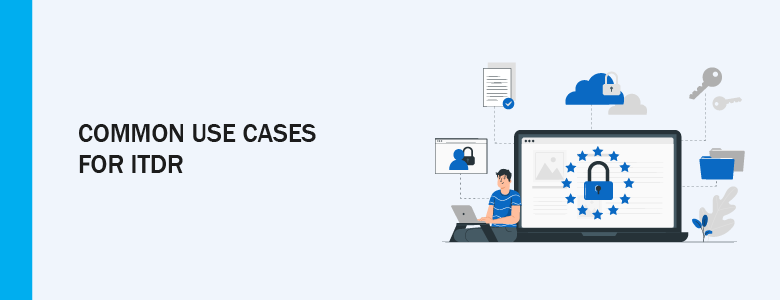
Identity threat detection and response is applicable across various industries and scenarios, addressing a wide range of security challenges:
- Phishing Protection: Detecting and mitigating attempts to steal user credentials through fraudulent emails or websites.
- Insider Threat Monitoring: Identifying unusual activity from internal users who may pose a risk, whether intentional or accidental.
- Third-Party Risk Management: Ensuring that external vendors accessing company systems adhere to stringent security protocols.
- Cloud Security: Protecting identities and access points in cloud-based environments, where traditional perimeter defenses are insufficient.
- Privileged Account Protection: Monitoring and securing high-level accounts with elevated access rights to prevent privilege abuse.
- Addressing System Misconfigurations: Pinpointing and rectifying configuration issues that could expose sensitive data or systems.
The Role of Threat Detection in ITDR
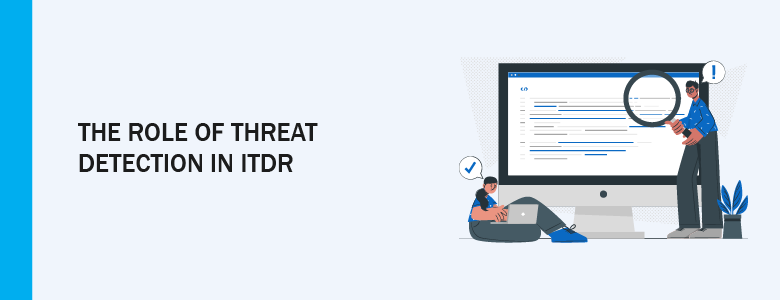
At the heart of ITDR lies robust threat detection capabilities. Threat detection involves using advanced analytics, machine learning, and AI to uncover potential risks within identity systems. By continuously monitoring activity, these tools can:
- Spot Anomalies: Detect unusual login attempts, such as access from unknown locations or devices.
- Identify Credential Theft: Alert administrators to signs of compromised passwords or accounts.
- Monitor Access Patterns: Recognize deviations from normal behavior that may indicate malicious activity.
- Find Misconfigurations in Accounts and Systems: Highlight potential weaknesses in service accounts or system configurations.
Why Choose ITDR for Modern Cybersecurity
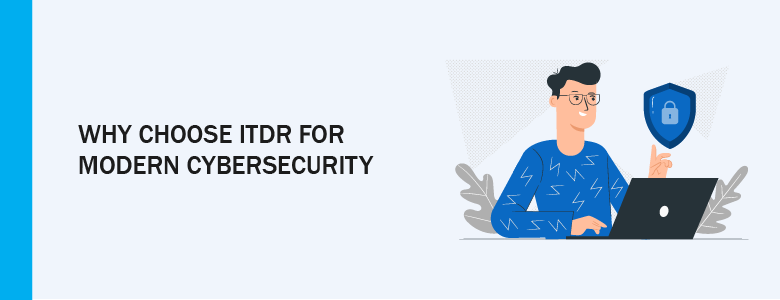
Identity threats are not just a possibility; they are a reality that businesses must confront daily. ITDR provides the tools and strategies needed to counter these threats effectively.
Enhancing Operational Resilience
ITDR solutions monitor and adapt to evolving threats, allowing businesses to maintain seamless operations even during attempted breaches. By fortifying identity systems, organizations can prevent disruptions caused by unauthorized access or credential theft.
Proactive Misconfiguration Management
System and service account misconfigurations often serve as entry points for attackers. ITDR tools enable businesses to proactively identify and resolve these issues, strengthening their overall security posture and minimizing risks.
Countering Advanced Threats
Modern attackers leverage sophisticated techniques, including AI-powered attacks and credential stuffing. ITDR solutions employ advanced analytics to detect and neutralize these threats before they escalate, providing organizations with a robust line of defense.
Securing Active Directory and Critical Systems
Active Directory remains a cornerstone of identity management for many organizations but is often inadequately protected. ITDR reinforces the security of Active Directory and other critical identity repositories, ensuring that they remain resilient against targeted attacks.
Achieving Regulatory Compliance
ITDR frameworks simplify adherence to regulatory standards, such as GDPR and CCPA, by providing comprehensive visibility into identity-related risks. This ensures businesses can meet compliance requirements efficiently while safeguarding sensitive data.
Building Stakeholder Confidence
Demonstrating a proactive approach to identity security helps businesses establish trust with clients, partners, and employees. A robust ITDR strategy signals a commitment to protecting valuable data and fostering secure business operations.
Implementing ITDR for Your Business

Integrating ITDR into an organization’s cybersecurity strategy requires a thoughtful approach to ensure effective implementation. Key steps include:
- Assess Your Current Identity Security Posture: Conduct a thorough audit of your identity systems, access controls, and credential management practices. Identify vulnerabilities, misconfigurations, and gaps that need addressing.
- Invest in Advanced Tools: Adopt ITDR solutions that offer features like behavioral analytics, automated responses, and integration with existing security tools. Choose vendors that align with your business’s needs and scale.
- Implement Multi-Factor Authentication (MFA): MFA is a critical layer of defense that strengthens identity security by requiring multiple forms of verification.
- Educate Your Workforce: Human error remains a significant factor in breaches. Regular training ensures employees recognize and respond appropriately to potential threats.
- Monitor and Update Continuously: Cybersecurity is an ongoing process. Regularly update ITDR tools, review access policies, and stay informed about emerging threats.
Embracing the Future of Cybersecurity

In an interconnected world where digital identities serve as gateways to critical systems and data, robust threat detection mechanisms are indispensable. Identity threat detection and response empowers businesses to stay one step ahead of adversaries, ensuring that credentials and access points remain secure. As cyber threats grow more sophisticated, ITDR plays a vital role in helping organizations secure their operations and navigate the challenges of a digital-first world with confidence.
By embracing ITDR as a cornerstone of their cybersecurity strategy, businesses can confidently face today’s dynamic threat landscape and strengthen their resilience against identity-based risks.
Interested in learning more about Identity Threat Detection and Response or other solutions like it? Contact us at marketing@ctlink.com.ph to set up a meeting with us today!

